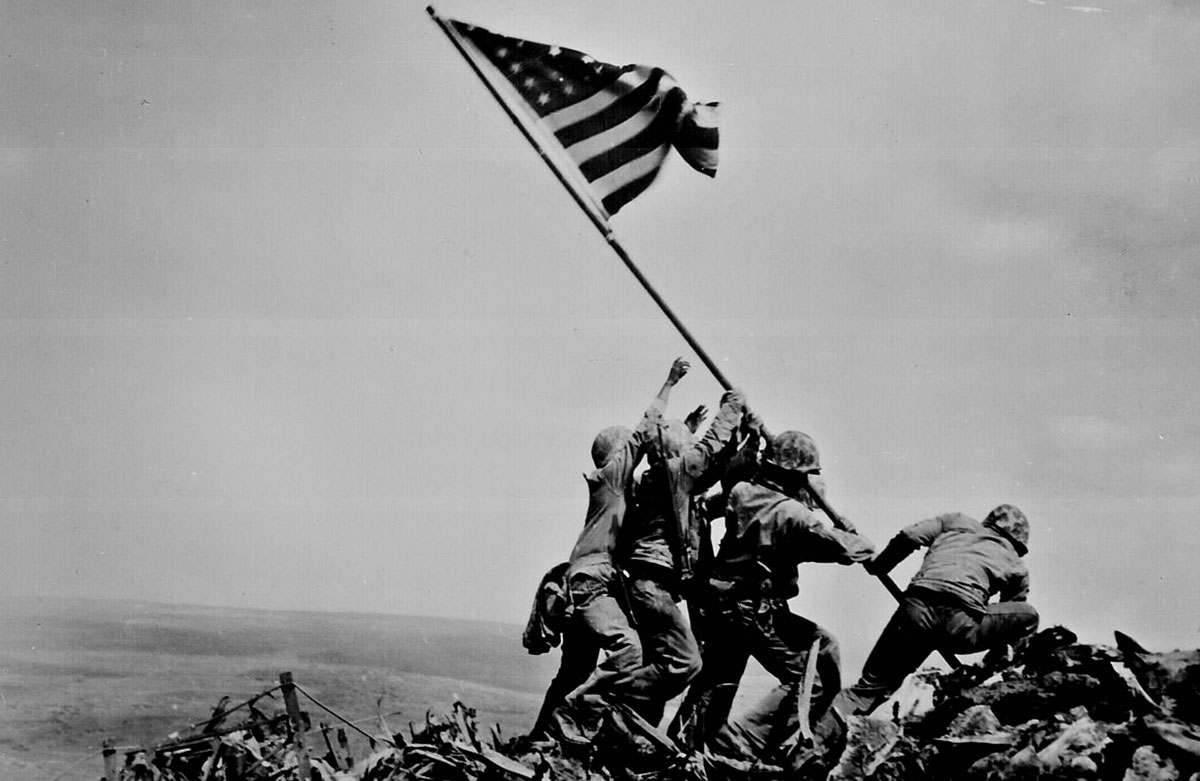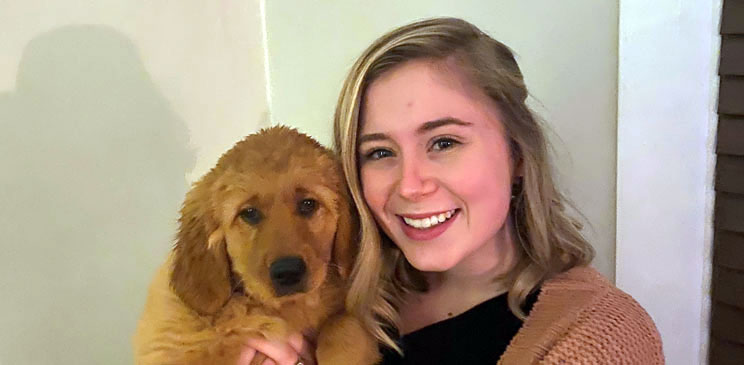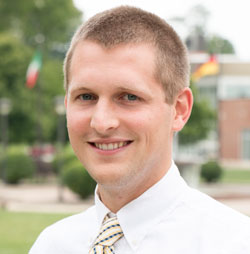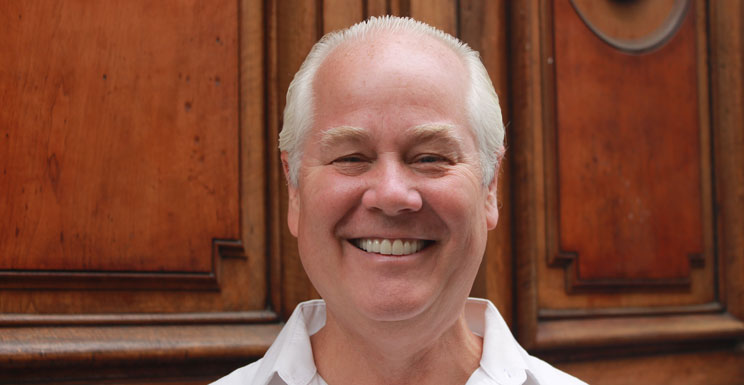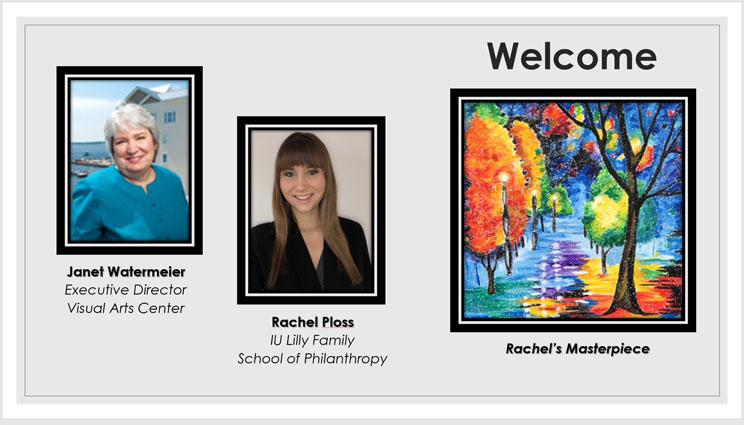What can emerge from the war on COVID-19? Look to civil society for some clues.
Prominent figures like Henry Kissinger predict a fundamental transformation of social relations, so complete that one must look to World War II to find a relevant comparison. We still have many people with us who participated in World War II. Those who fought in the war are what we call the “Greatest Generation” because of their reputation for being willing to sacrifice and serve the greater good. How will the generation forged in the COVID-19 crisis craft the reality that emerges from it?
Dr. Rebecca Spang of Indiana University argues that the seeds of the new post-COVID-19 order will emerge from the “revolutionary” ferment that is all around us, despite the confusion and ambiguity about how to replace or restore recent certainties.
Today we may be experiencing a global dislocation that may rival the depth of social discontinuity that occurred as a consequence of that calamitous war. The last world war led to the creation of a new social order with welfare states and a new international order among them. States assumed greater responsibility for their citizens, reflecting a new feeling of solidarity across social divisions that had united in sacrifice to battle a common enemy during the war.
Internationally, we saw the creation of the United Nations, facilitating a web of international cooperation, including through agencies like the World Health Organization that has helped coordinate, however imperfectly, the global response to our current pandemic. What will emerge from the current experience that is unfolding?
No one can predict the future, but as pundits argue about the right amount of government growth that will happen as a result of the war on COVID-19, they often overlook our civic sector. Historians, economists, and political scientists have studied the fact that governments grow through war.
The size of government may retreat when peace breaks out, but its size usually ends up larger than it was before the war. And reports of tension between government and commerce oversimplify the ways in which our private and public personas interact with each other. They, too, generally overlook the space apart, the civic space, where we engage each other through communities both long established and newly created that are not of either the government or the market.
The civic space does not simply stand apart; its animating energy comes from human will unconstrained either by the authority of the government or the necessities of exchange in the market. It is where we preserve our voluntary spirit.
While companies may forego profit to keep workers employed, landlords may forgive rent, and retired public officials may volunteer on the front lines of the emergency, let’s remember that the logic of the market and the government do not usually plan for this response. Rather, in exceptional circumstances, such as in times of war, mass mobilization of entire societies for war efforts rely on surges of enthusiasm that arise voluntarily, not because they were commanded or incentivized.
So, while I will watch what governments plan for the aftermath of the pandemic and what private sector innovations prepare for during our economic re-engagement and recovery, I will be most interested in what will emerge from what people feel is intrinsically important for them based on what they are learning from this crisis. Especially our youth: how will they want to shape their generation?
In the flurry of philanthropic responses to the pandemic, we are seeing a blossoming of social solidarity that we have seen emerge during and after prior disasters. Although uncounted in the way we count unemployment or cases of COVID-19, the many heartwarming “human interest” stories we hear certainly play a role in preserving our social fabric, reflecting the trust, good will and desire to help that seems too important not to count.
Only a small subset of the ways we express kindness and help each other are counted as essential social statistics. (Our school’s research department is working to add to this by tracking some of the financially prominent philanthropic responses to the crisis.)
Research shows that we rush to give when we have disasters such as hurricanes, floods, and tsunamis. Communities with the least often come together to help each other with an intensity that was not present during other, more normal times. Research also has shown that groups with deeper reservoirs of social capital manage crises better and tend to recover better (although on a cautionary note this can also mean that communities can be less welcoming to outsiders in need).
Histories tell the stories of wars we survived in terms of anthropomorphized actions of states and their leaders. But the ideas and interests that ended up shaping the aftermath were often in existence and percolating even before the crisis, and they were likely taking place in spaces not dominated by the state or commercial interests before the crisis. So, our emerging generations that are bound to also be known for something great, are already crafting the future today in ways that will only become obvious with time.
Lilly Family School of Philanthropy alumnus Derrick Feldman, M.A.‘04, has been tracking how millennials and subsequent generations conceive and express their civic identities, and he has some early insights into how they are making sense of the pandemic.
Historian Jill Lepore and philosopher Michael Walzer argue that what is remembered and argued about during wars and similarly cataclysmic events ends up shaping what we pass on to future generations. However tragic, the brute facts of the suffering around us are fleeting; what we count and recount will have lasting consequences.
In the daily and weekly ferment of reflections on the happenings around us, we see the beginning of possible post-crisis narratives, prefaces to stories that will construct the world that will emerge. And it is inevitable that the youth who come to full awareness through this experience will own what it ultimately means.
Finally, in our times we bemoan our polarization. But an even more diverse array of distinct ideologies confronted the Greatest Generation—ranging from communism to fascism to liberal democracy and laissez-faire capitalism. Will our post COVID-19 world reveal more diverse social arrangements or even greater convergence about how to organize societies?
Given the emerging generations’ aversion to inequality in general, it is not hard to imagine that after the experience of our common vulnerability to a pandemic, we will have a sharp change in attitudes about how we are connected and implicated in each other’s health. One can imagine responses that focus on the solidarity this creates among our species, or it could emphasize the need to prepare our own nations or localities to be less dependent on far-off supplies and to be less exposed to distant pathogens.
We are fortunate that hookworm and yellow fever were conquered thanks to support from the Rockefeller Foundation in its early decades of existence. Now our philanthropic sector is working to serve people’s immediate needs as it prepares for an unfolding economic crisis. At the same time, it is playing a significant role in the health responses and in searching for vaccines and therapies. But beneath the flurry of the crisis response, attitudes and solutions that were percolating before the crisis are preparing their return in novel forms.
Movements in support of labor and civil rights returned after World War II to shape the struggle for a welfare state. Cross-border movements to promote peace and end imperial prerogatives engaged a United Nations built on great power compromise to facilitate the assertions of dignity by peoples around the world.
So, beneath the radar of official and important news, counting all the things that states and markets find to be of utmost value, in the fog of war against COVID-19 much of the future is brewing in the civic sector. New generations are crafting their civic identities and sowing the seeds for the next social order.
Best regards,

Amir Pasic
Eugene R. Tempel Dean


